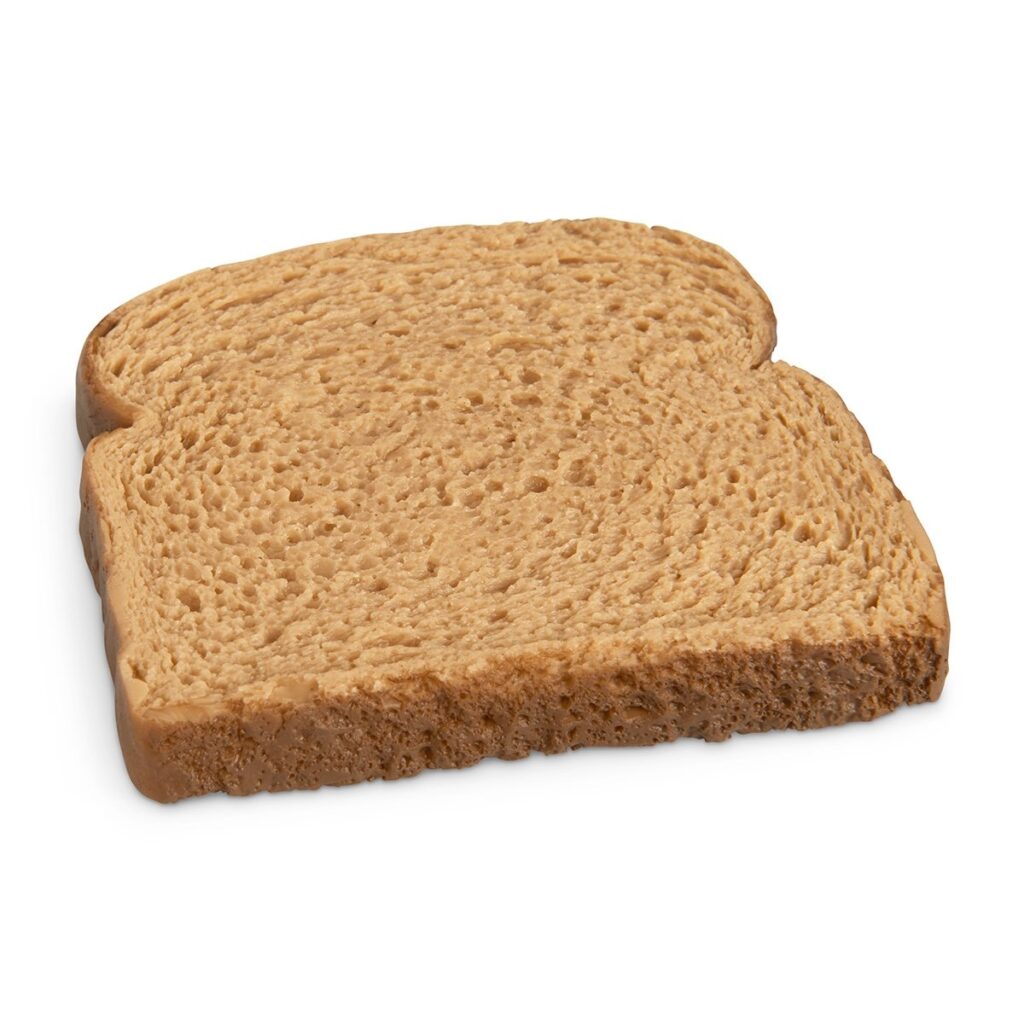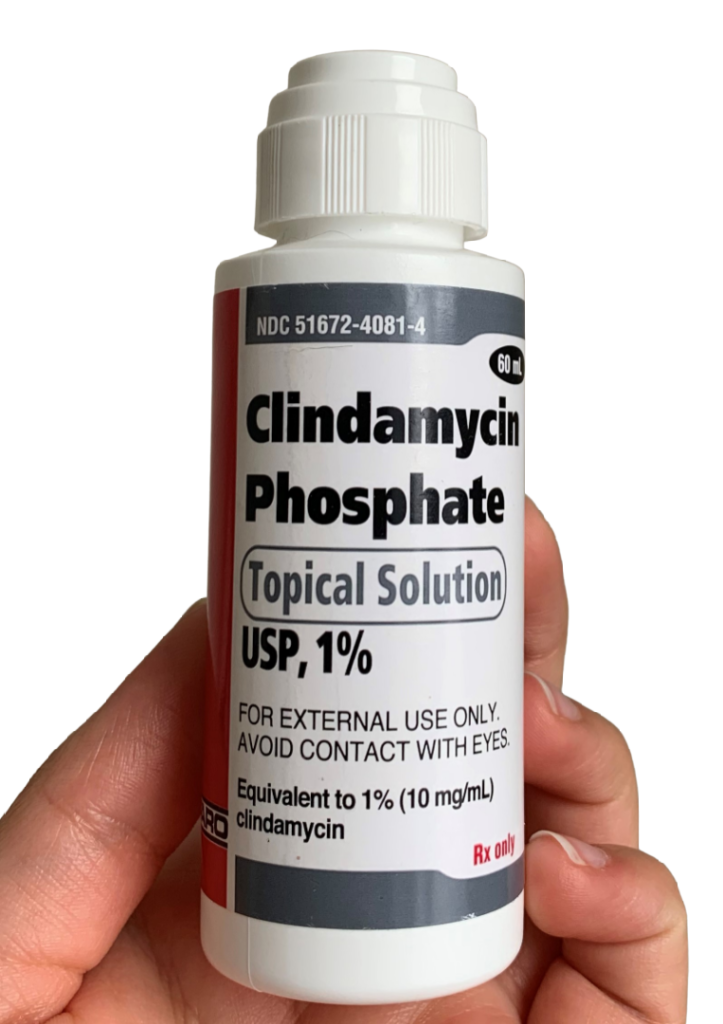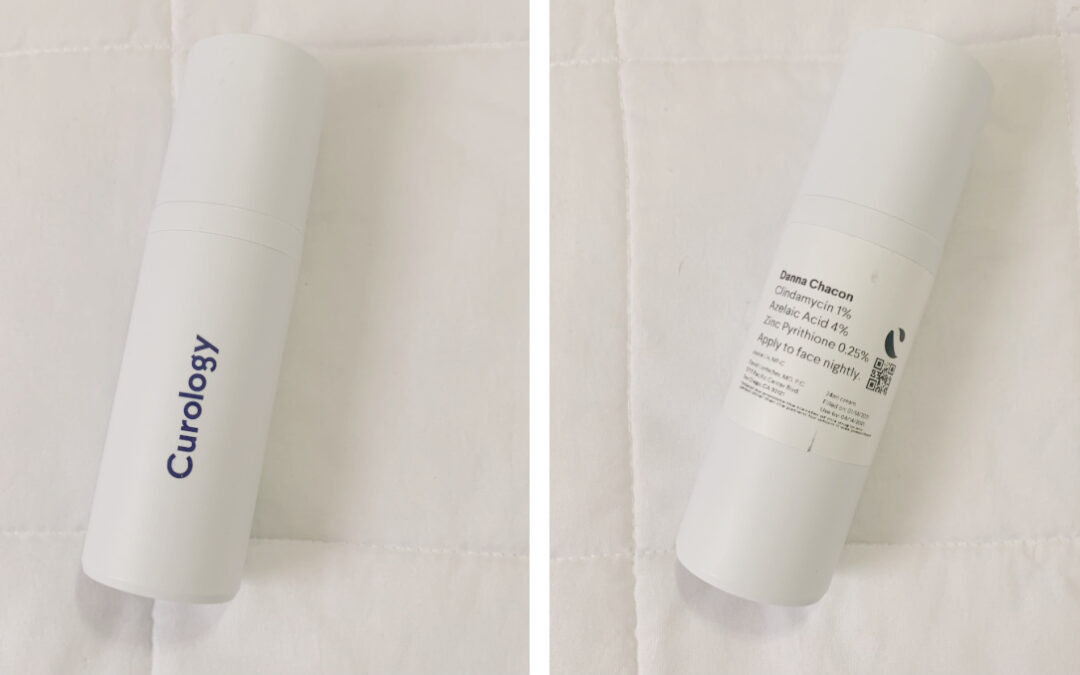I’ve been using Curology for quite some time now. I think it is already like 2-3 months and my skin has been doing pretty good. Of course, it’s not like a drastic change but it is improving which is what I am looking for.
However, I do have to admit I have seen a noticeable change in my skin’s texture. My skin has been very bumpy ever since I started getting breakouts. But these bumps weren’t breakouts, just skin bumps 🙁 It was discouraging so that’s one of my skin goals that I shared with Curology. So, I’m assuming in the formula they added an ingredient specifically for that and that’s what we will figure out today. What is Curology trying to medicate me?
Today, we will dive into the specific ingredients in the bottle to see which ones are responsible for certain conditions and how we can apply this knowledge to make the best decision when buying skincare products either from the drugstore or online. All in respect to our skin goals!
Azelaic Acid 4%
Pretty versatile ingredient in the skincare industry I must say. It has quite a reputation, a good one of course. So initially, in terms of how it is created, well it is found in natural foods, but for the purpose of skincare and drugs, it is manufactured in a lab.

It can come available in a gel, cream, and foam. The percentages of recommended concentration are between 5%-20%, so Curology didn’t put me so far away from it.
It comes from the organic compound family, “Dicarboxylic Acid.” So it has two carboxylic acids. With that in mind and also knowing that carboxylic acid has antimicrobial properties this is relevant to acne since acne is produced by the propagation of skin bacteria.
This ingredient is excellent for killing bacteria, anti-inflammation, and is anti-comedonal which essentially means it helps with the tendency of clogging the pores. Not only does it help with acne’s main issues but also it is a game-changer ingredient for other skin conditions such as Rosacea and Melasma. This is because this ingredient targets the overproduction of melanin cells (color skin cells) that produce hyperpigmentation or redness which are common reactions seen in these conditions. Basically, it works as a regulator of skin cell production.
Now, in terms of beauty benefits which you know, a lot of us are very concerned is that it contributes to a glowy look, and skin texture due to its antioxidant properties, essentially antioxidants are responsible for repairing the skin and make it more healthy-looking!
I appreciate that, and also this ingredient pairs well with other commonly used ingredients such as Vitamin C, Niacinamide, and Salicylic Acid. Therefore, I think this one being the ingredient with the most concentration in my Curology formula might be the one doing the most work in my skin. Nice to meet you Azelaic Acid!
Clindamycin %1

Oh boy, you don’t know many times I’ve seen this ingredient in my skincare and acne treatments. It’s everywhere, which is a problem now that I think about it. Honestly, I have used it so often and I never knew what it did. I had it on creams, topicals, solutions and now in the Curology formula. So I guess it’s time to see what it really does or rather what it is supposed to do.
This antibiotic comes from the drug family of Lincosamides which essentially target infections, this explains why this ingredient’s sole mission is to kill bacteria. Propionibacterium acnes, for short P-acnes, are the bacteria that propagate in the skin ultimately causing breakouts and inflammation. Unfortunately, it is the ingredient responsible for my dry, red, and flaky skin. Those are some of its side effects but I realized it was my fault for taking it for such a long time in a none-paired manner
What I mean by this is that this is a complementary ingredient that helps with those painful red bumps and breakouts and kills the bacteria that might be causing them. It does not help with keeping the skin balanced, or actually treat white or blackheads found in acne-prone skin. Therefore, for it to be less drying it needs to be paired well with another anti-microbial compound, or else the bacteria will become immune to Clindamycin. I guess that’s where Azelaic Acid comes into the picture.
The big takeaway, it is for the short-term only and it is the ingredient that is calming down the red bumps while stopping bacteria from growing.
Zinc Pyrithione %0.25

This is an antifungal and antibacterial compound with the goal of keeping in check bacteria and fungus that naturally live in our skin. Usually, this ingredient is found in dandruff shampoo treatments. As you known dandruff is a skin condition where the scalp flakes. In terms of acne and other skin conditions, I think it does the same in terms of keeping in check those microorganisms from multiplying that are causing some flakiness as well in the skin. Examples can be Pityrosporum. Pityrosporum is a fungus that loves oily skin. since I have oily skin on average, Zinc Pyrithione seems to be the one helping with it. Pityrosporum is also known as Malassezia can also live in the hair follicles and cause bumps on the skin.
How this ingredient works is that it deposits itself into the skin and does its magic on the stratum corneum. Is one of those that shouldn’t be washed off immediately or else it isn’t going to work. My Curology provider also recommended me to use a Zinc Pyrithione bar soap to treat my back and chest acne.
I was surprised this ingredient didn’t have any side effects which always is a A+
Last Thoughts
I think these ingredients are certainly targeting all of the things I want to treat in my skin. By understanding the reason why they are prescribed and why they are in this specific combination is important to get the results we want. Chemistry is a beautiful thing, and nothing is mixed “just cause.” Even a wrong combination could affect other ingredients to work properly, and that’s what we want to avoid.
I hope you guys liked this quick explanation of my Curology ingredient formula, and hopefully, in the future, you will be willing to give any of these ingredients a go, depending on your skin goals and of course your dermatologist recommendations.
Sources:
curology.com/guides/skin-101/azelaic-acid/
pubmed.ncbi.nlm.nih.gov/2528257/
www.jaad.org/article/S0190-9622(04)02843-9/fulltext
www.intechopen.com/books/carboxylic-acid-key-role-in-life-sciences/introductory-chapter-carboxylic-acids-key-role-in-life-sciences
www.strutyours.com/blog/azelaic-acid-the-grain-ingredient-that-is-great-for-your-skin/
curology.com/guides/skin-101/clindamycin/
patient.info/medicine/clindamycin-skin-preparations-for-acne-dalacin-t-zindaclin
pubmed.ncbi.nlm.nih.gov/27940264/
curology.com/guides/skin-101/zinc-pyrithione/
www.researchgate.net/publication/221934356_The_antifungal_mechanism_of_action_of_zinc_pyrithione
www.ncbi.nlm.nih.gov/pmc/articles/PMC3970831/


Recent Comments